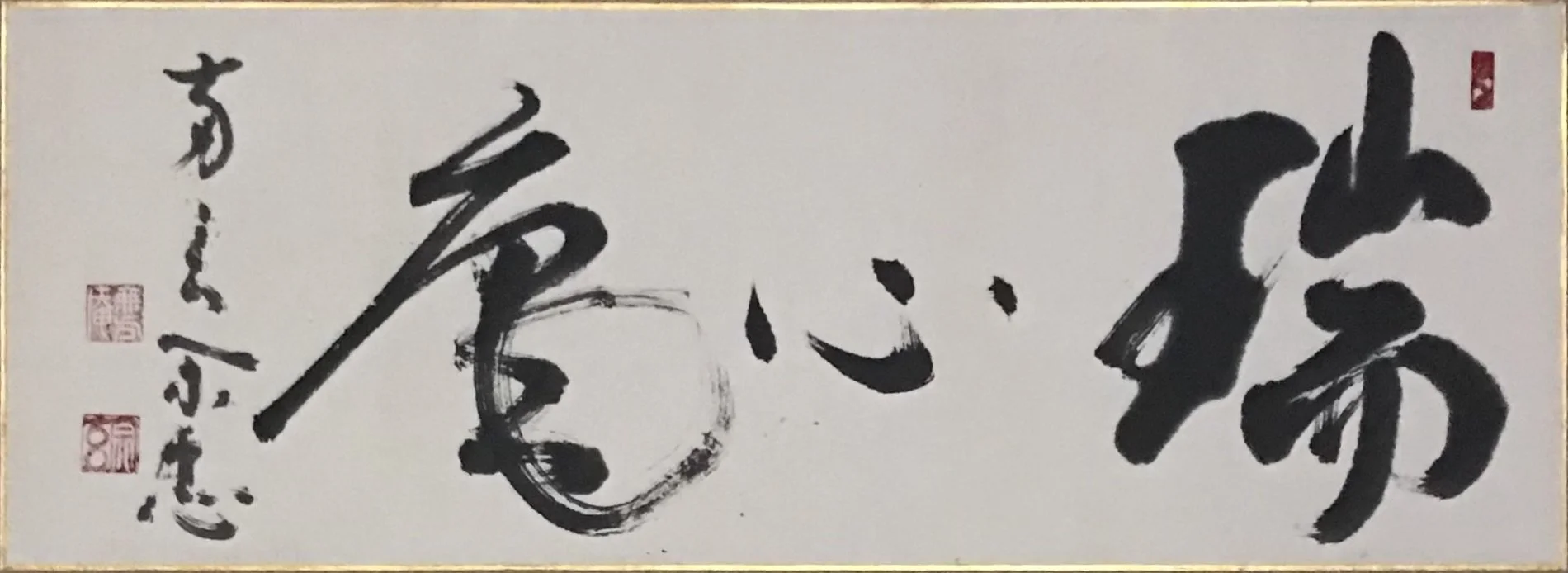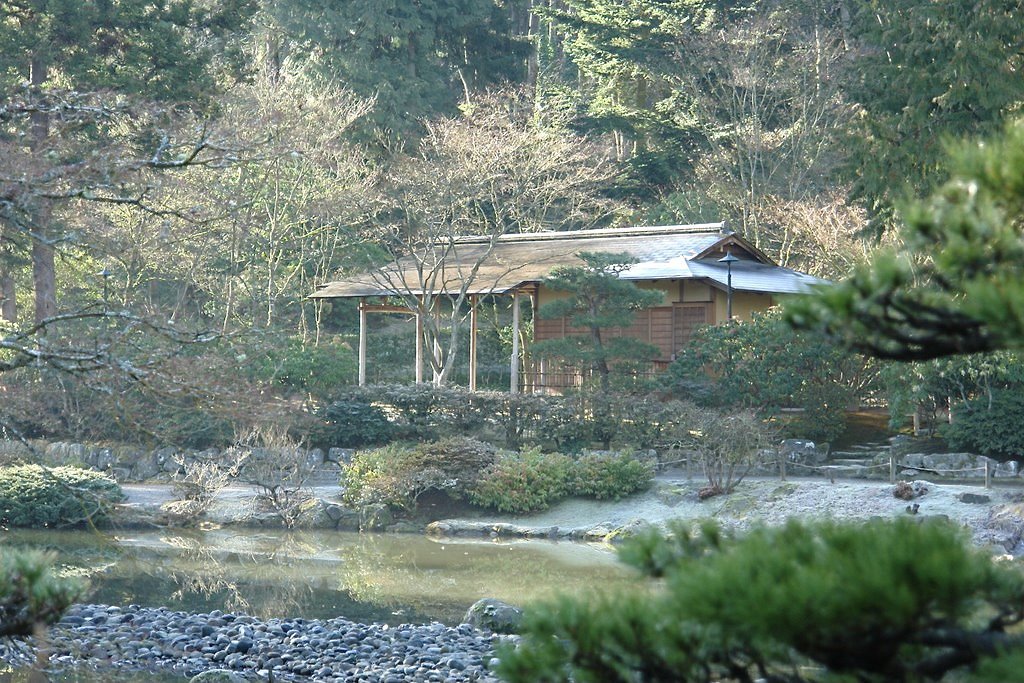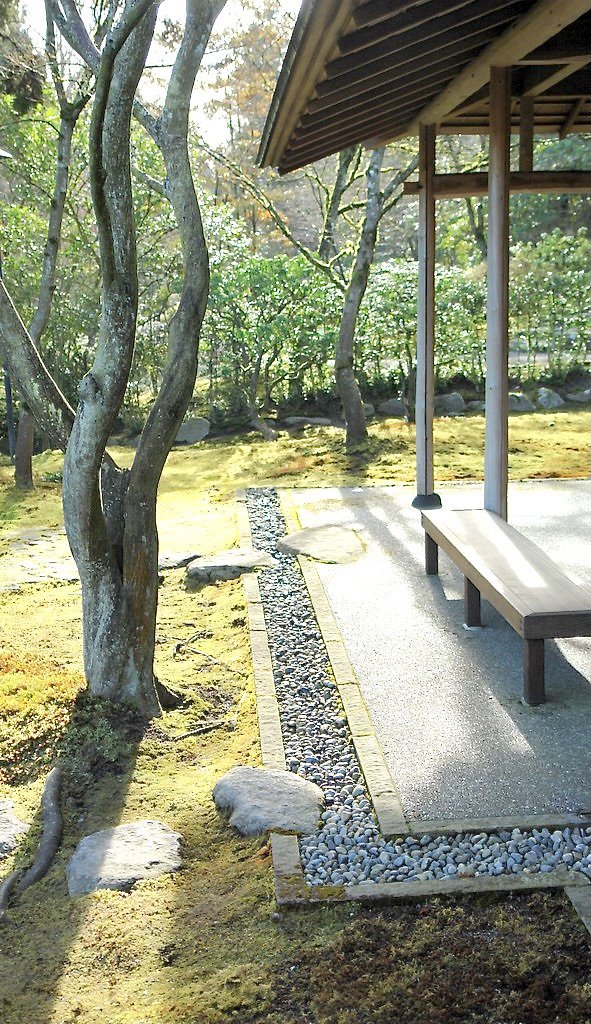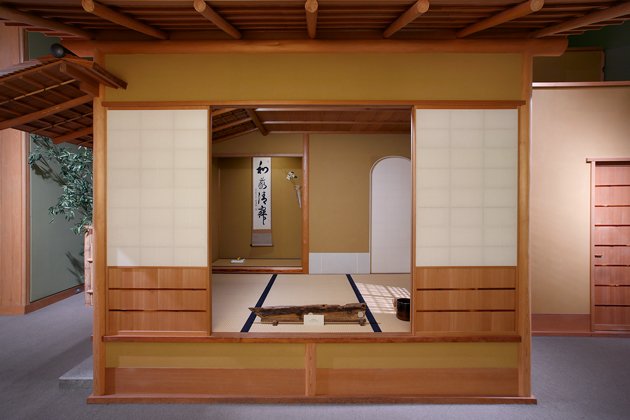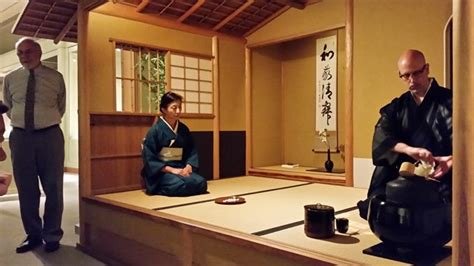Executive Director Bonnie Sōshin 宗心 Mitchell is the senior-most Urasenke Chanoyu instructor in Seattle and the founding director of the East-West Chanoyu Center. She holds a B.A. from the University of Washington and spent seven years in Kyoto, Japan, engaged in intensive study of Chanoyu. As the only graduate of the Urasenke Professional College in the Pacific Northwest, Mitchell has made significant contributions to the practice and appreciation of the Way of Tea.
In 1981, Mitchell was appointed by the Urasenke Foundation of Kyoto to represent the tradition in Seattle. She taught a credited course at the University of Washington, with classes held both on campus and at the Shoseian Teahouse in the Seattle Japanese Garden. Reconstructed with support from Urasenke, the Shoseian served as a studio classroom and community venue. In addition to her university teaching, Mitchell initiated public programs at the teahouse, offering Chanoyu demonstrations that continue to engage the community.
Mitchell also played an integral role in the installation of the Ryokusuian Teahouse at the Seattle Art Museum and contributed to the design of tearooms at the Everett Community College Nippon Business and Cultural Institute, where she has served as an advisor.
Before returning to Seattle in 1981, she was granted the professional name Sōshin by SEN Sōshitsu XV. She was awarded the Urasenke Seikyōju (professor emeritus) degree in 2008, and in 2012, she received a Commemorative Award from Consul General Kiyokazu Ota of the Consulate General of Japan in Seattle in recognition of her dedication to sharing Chanoyu with the broader public.
Following the economic downturn in Japan during the 1990s and a decline in domestic Chanoyu practitioners, Urasenke restructured its overseas operations. This led to the closure of the Seattle Branch in 2010. In response, Mitchell continued its legacy by founding the East-West Chanoyu Center (EWCC).
In 2022, the EWCC established a new home within the Japanese Cultural and Community Center of Washington (JCCCW), located at the historic Seattle Japanese Language School. As a long-standing hub for Japanese culture and heritage, the JCCCW offers an ideal setting for the EWCC to share the refined tradition of Chanoyu with diverse audiences.
The Zuishin’an tearooms proudly stand as the first public tearooms in the Pacific Northwest to offer year-round access to interactive tea ceremonies, workshops, and classes for both one-time audiences and dedicated tea practitioners.
Timothy Sōwa 宗和 Olson Sensei has been an instructor at the East-West Chanoyu Center (EWCC) since 1999 and served as the professor for the University of Washington's Chado course for over 12 years. He studied English literature at Portland State University and the University of Washington before he began tea studies in 1982. Olson received his tea name in 1999 and subsequently pursued further professional training at the Urasenke headquarters in Kyoto, Japan. In 2001, he was awarded the Urasenke certificate of Junkyoju, a senior rank of merit in the Way of Tea.
Akemi Soumi 宗美 Yamashita sensei, began teaching and promoting Chadō in 2008, engaging in various activities such as providing private and group lessons, presenting public lectures with demonstrations, and hosting Tea Gatherings (chakai) at educational institutions and public venues in the North Texas area. A graduate of Konan Women’s University in Kobe, Japan, with a bachelor’s degree in sociology, Yamashita pursued accounting studies at the University of Texas at Arlington after moving to the US. She retired in 2019 and, in 2020, entered the one-year professional teacher training program for Advanced Research at the Urasenke College of Chadō. In 2023, she relocated from Dallas-Fort Worth to Seattle to join the teaching staff of the East-West Chanoyu Center.

